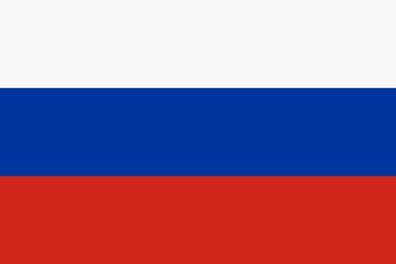This goes
to space
Nauka
Nauka
Meet Nauka, Russia’s long-planned science module for the International Space Station (ISS).
The name “nauka” translates to “science” in Russian.
The module was an originally-planned part of the station when it was designed in the mid-1990s, but budget shortfalls, Russian space program cutbacks, and various technical issues have delayed its launch from the original target of 2007.
Nauka will be attached to the nadir (Earth-facing) port of the Zvezda Service Module. That port is currently taken by the Pirs docking compartment.
Pirs will be undocked from the ISS two days after Nauka’s successful launch, and the new module will then be brought to the station to take Pirs’s place.
Nauka will provide a large scientific, crew work & rest, and storage area and will be Russia’s primary scientific module on the ISS.
It is fitted with a temporary docking port to allow Soyuz spacecraft to come and go from it until the Prichal docking hub can be launched and attached to it in November 2021.
A series of spacewalks will be needed to finalize connections between Nauka and the other modules of the station once it arrieves.
If stated plans for Russia to leave the ISS Program in 2025 come true, Nauka and the rest of the Russian modules will be transferred to NASA, ESA, JAXA, and CSA.
Many of the Russian modules include critical station systems, like life support, and cannot be removed.
Photo credit: Roscosmos

On this
rocket
Proton-M
Proton-M
Meet the Proton-M, Russia's successor to the Soviet-era Proton rocket.
The Proton-M flew for the first time on April 7th, 2001 and proved that changes to increase engine efficiency by using more propellant by producing more thrust worked as designed.
The rocket is made up of three stages, all of which burn the highly toxic propellants of nitrogen tetroxide and unsymmetrical dimethylhydrazine.
The new changes introduced with the Proton-M ensure that most of its propellants are burned before moving to the next stage. Russian officials also evacuate any villages within the drop zone of the stages since the rocket has to launch over land.
In its three-stage configuration, Proton-M can take 23 tonnes to low Earth orbit.
For missions to higher orbits or other planets, mission planners can choose one of three optional fourth stages to add to the rocket, including Briz-M, Blok DM-2, and Blok DM-03.
With an additional fourth stage, the rocket can bring up to 6.3 tonnes to Geostationary Transfer Orbit or 3.25 tonnes to Geosynchronous Orbit.
Photo credit: Roscosmos

From this
launch site
Site No. 200/39 - Baikonur Cosmodrome, Kazakhstan
Site No. 200/39 is part of the overall Site No. 200 complex at the Baikonur Cosmodrome in Kazakhstan.
It has been used to launch a variety of Proton rockets and missions, including the Venera 14 and 15 flights to Venus, Vega 1 and Fobos 1, as well as the failed Mars-96 mission and the ExoMars flight in 2016.
The launch site was also used to launch numerous elements of the Soviet/Russian Mir space station.
Image: Site No. 200/39 during the launch of the ExoMars mission in 2016. Credit: Dedead from Wikipedia.

Another Launch
See All LaunchesGET THE SUPERCLUSTER APP
THE SUPERCLUSTER PODCAST
A podcast exploring the amazing milestones that changed space history, the wildest ideas that drive our future, and every development in this new Golden Age of Space.
Donate to support
Your support makes the Astronaut Database and Launch Tracker possible, and keeps all Supercluster content free.
SupportCOPYRIGHT 2021 SUPERCLUSTER LLC

